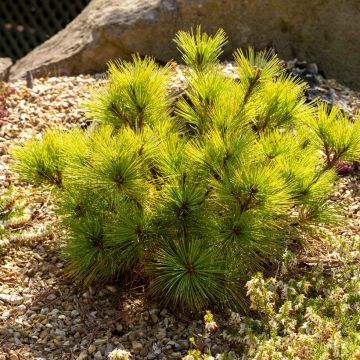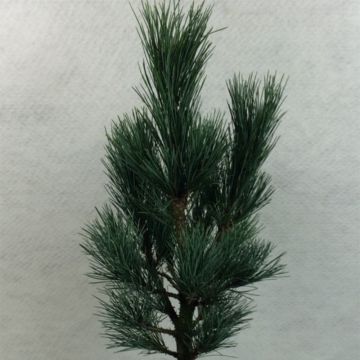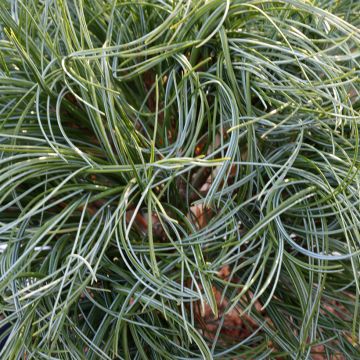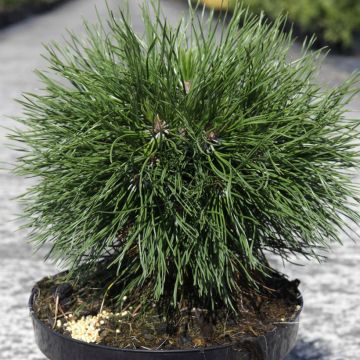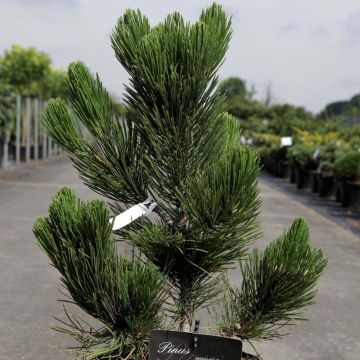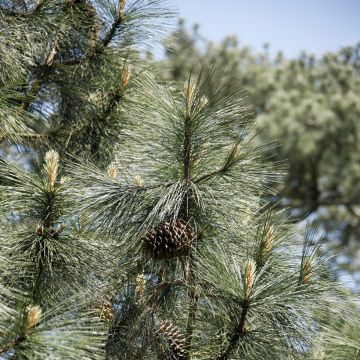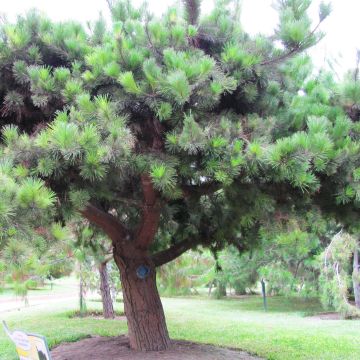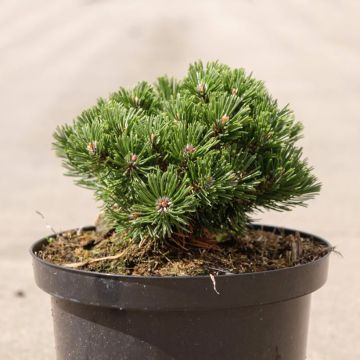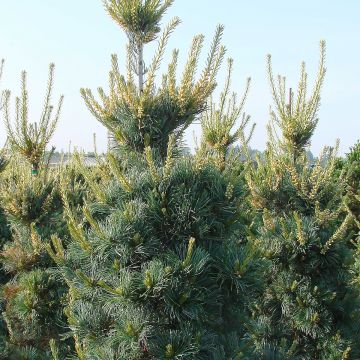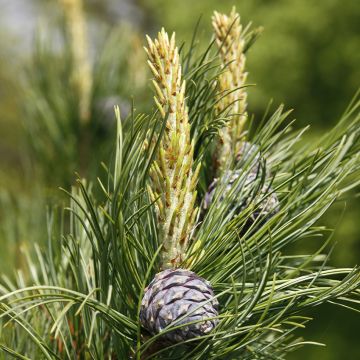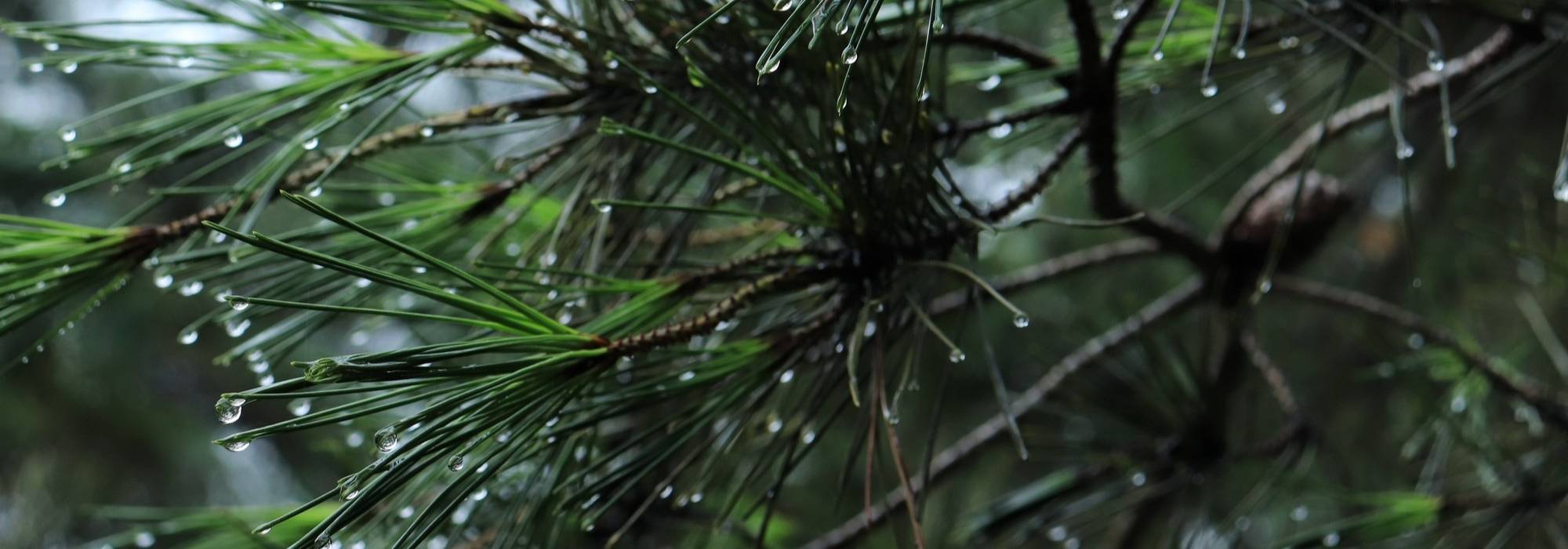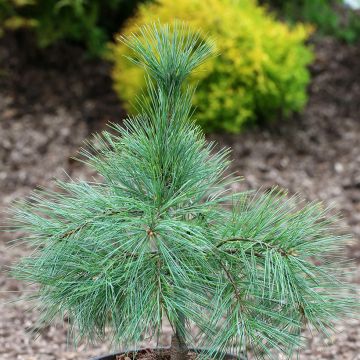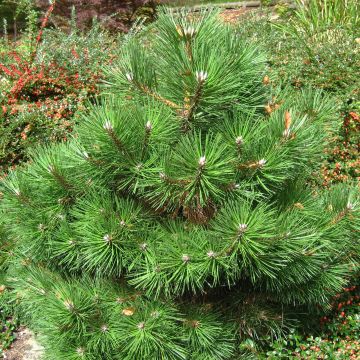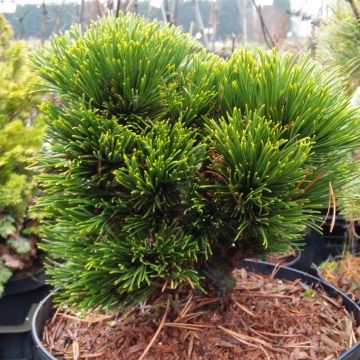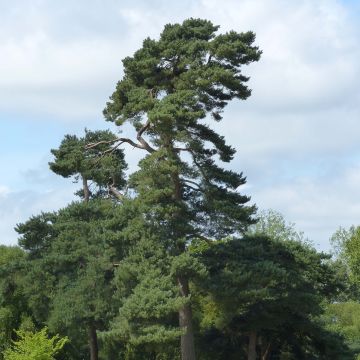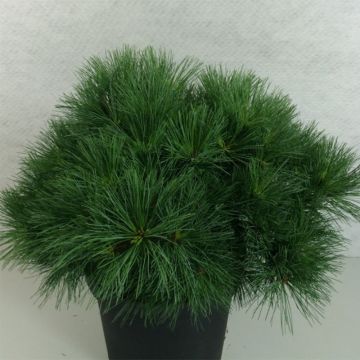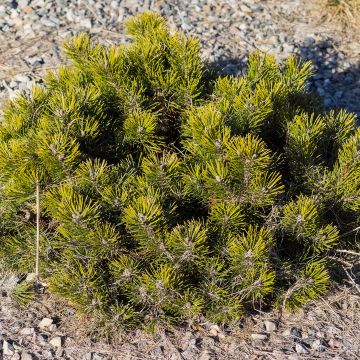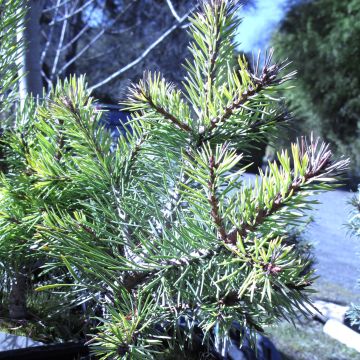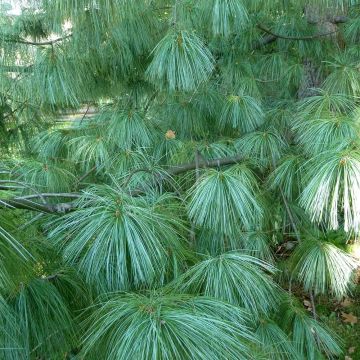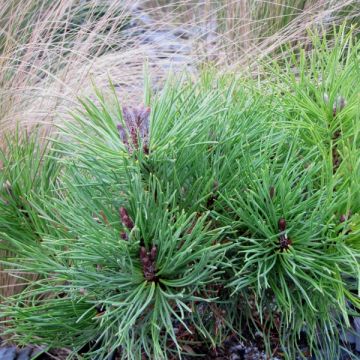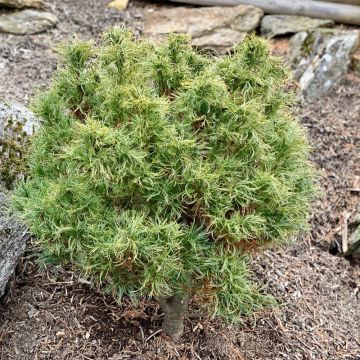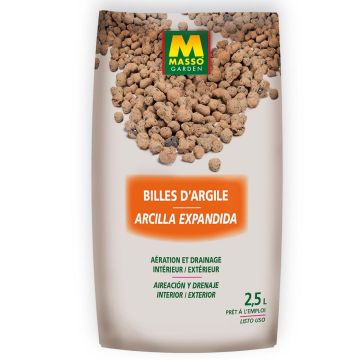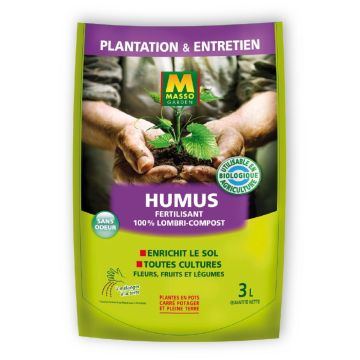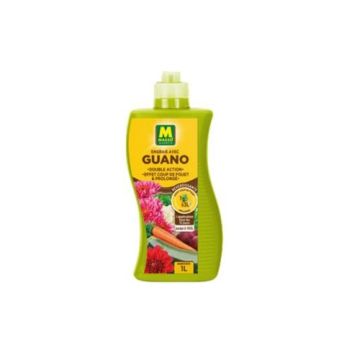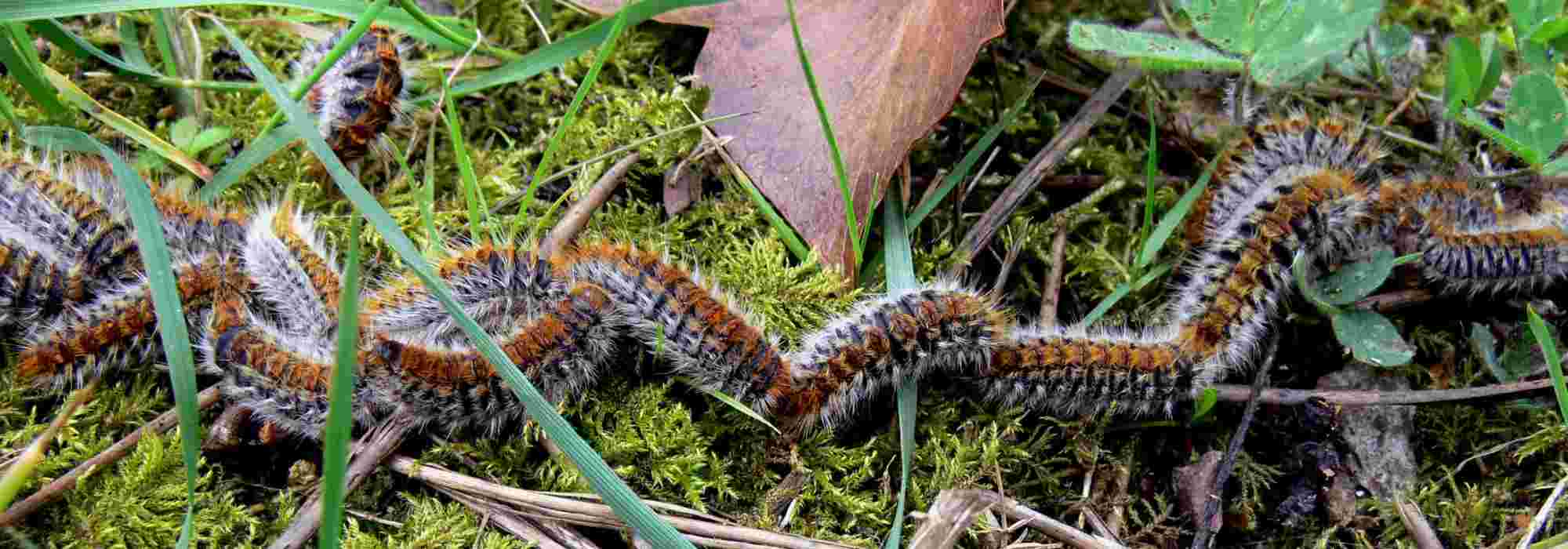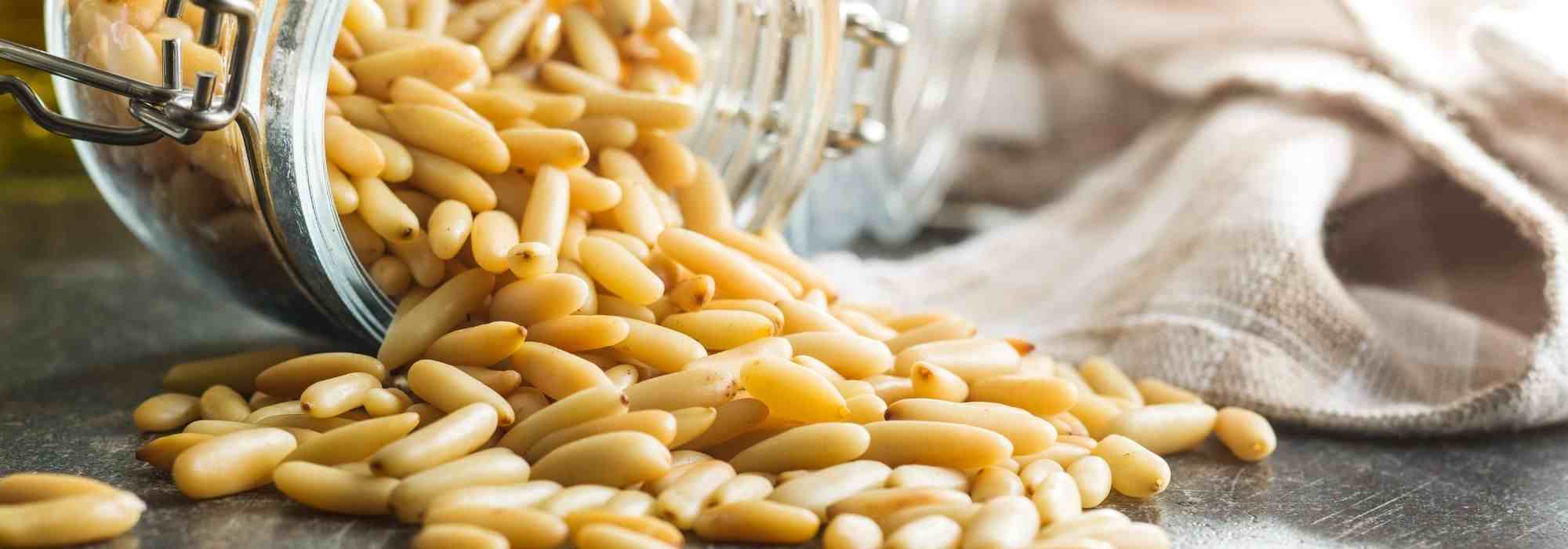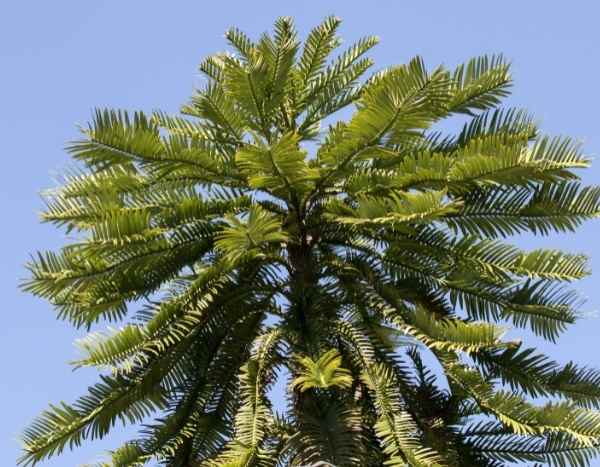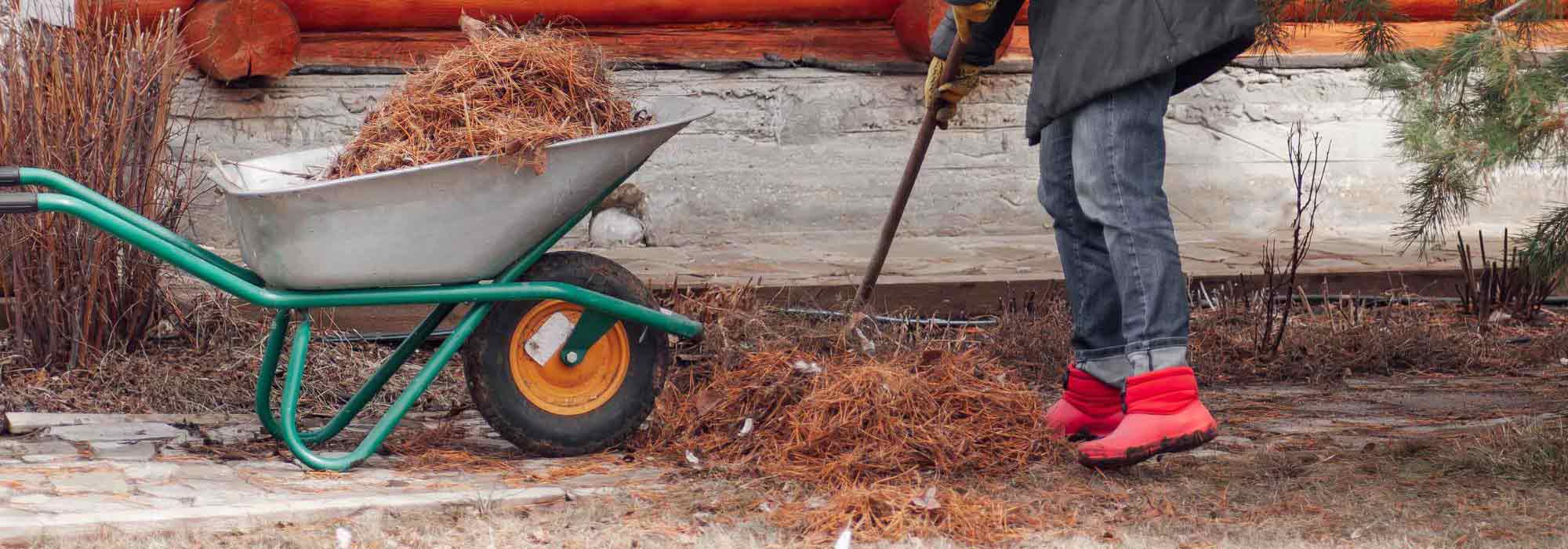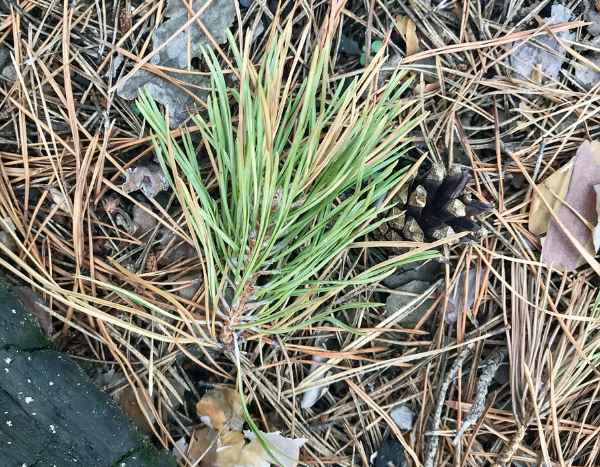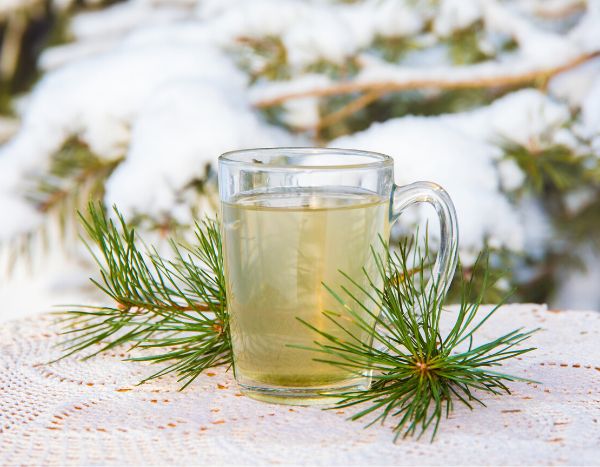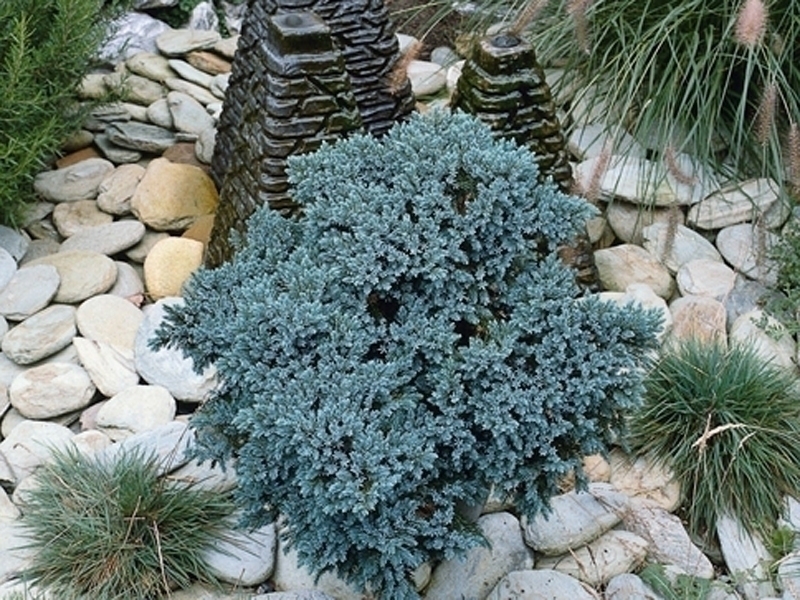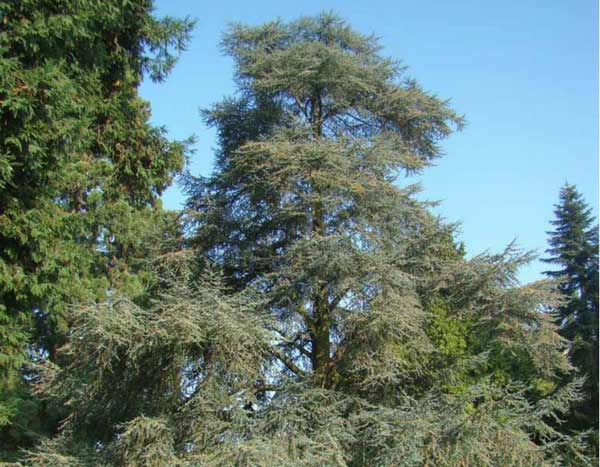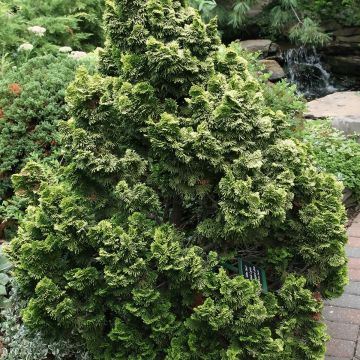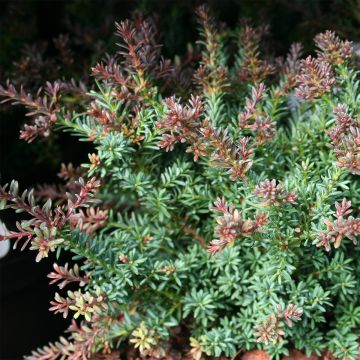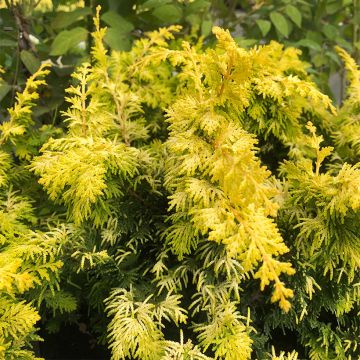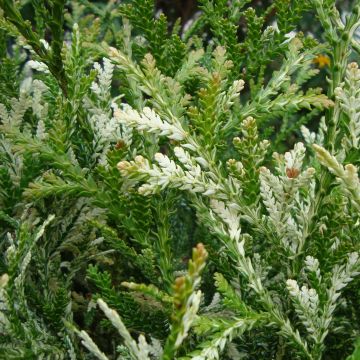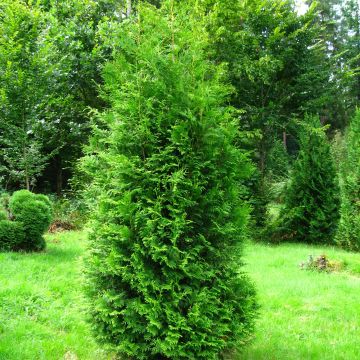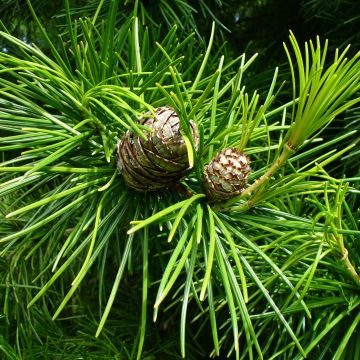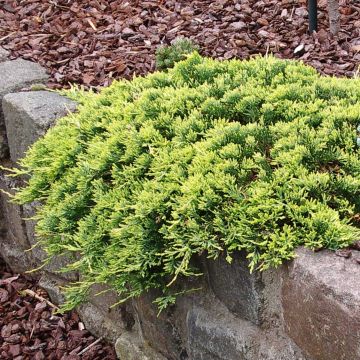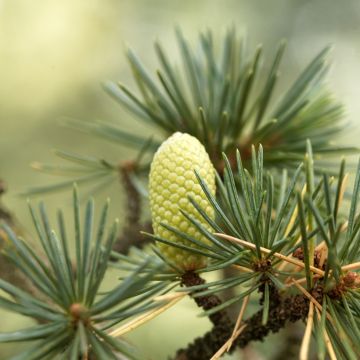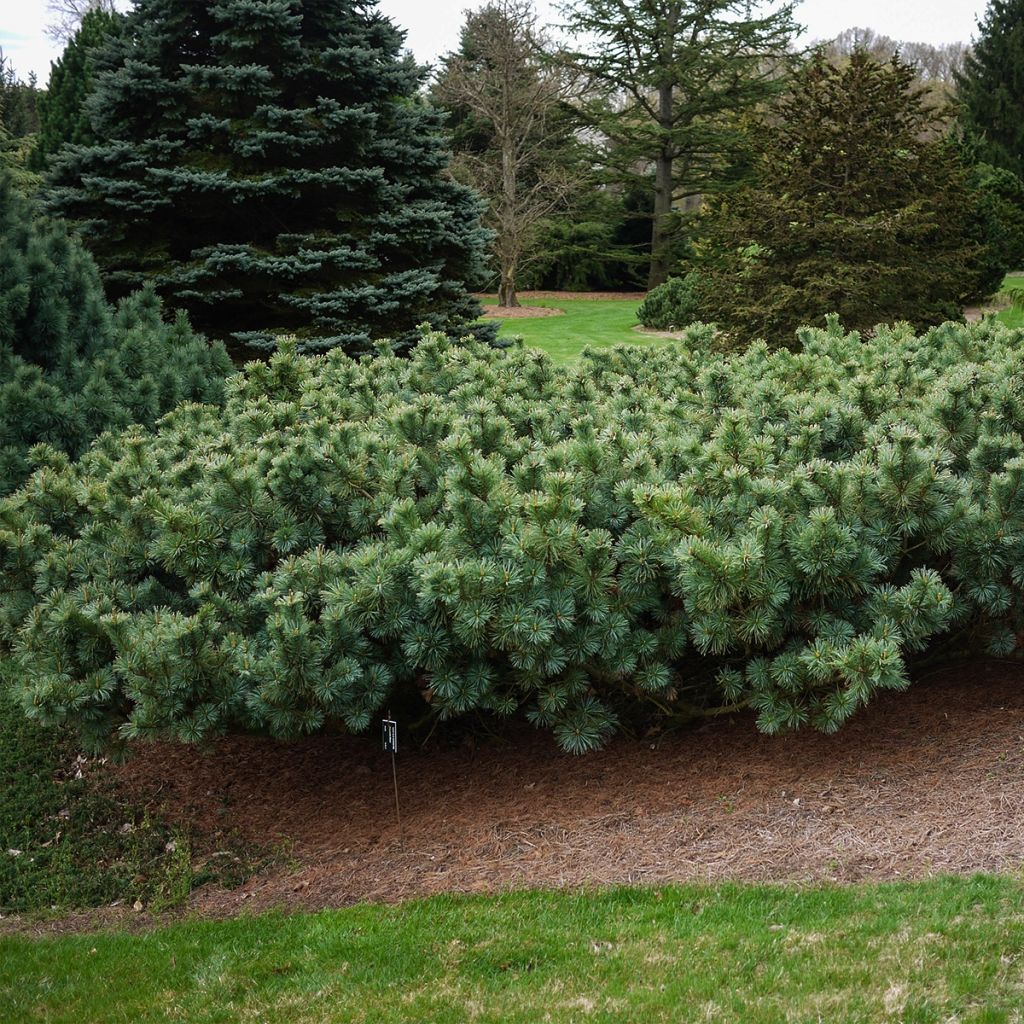

Pinus pumila Glauca
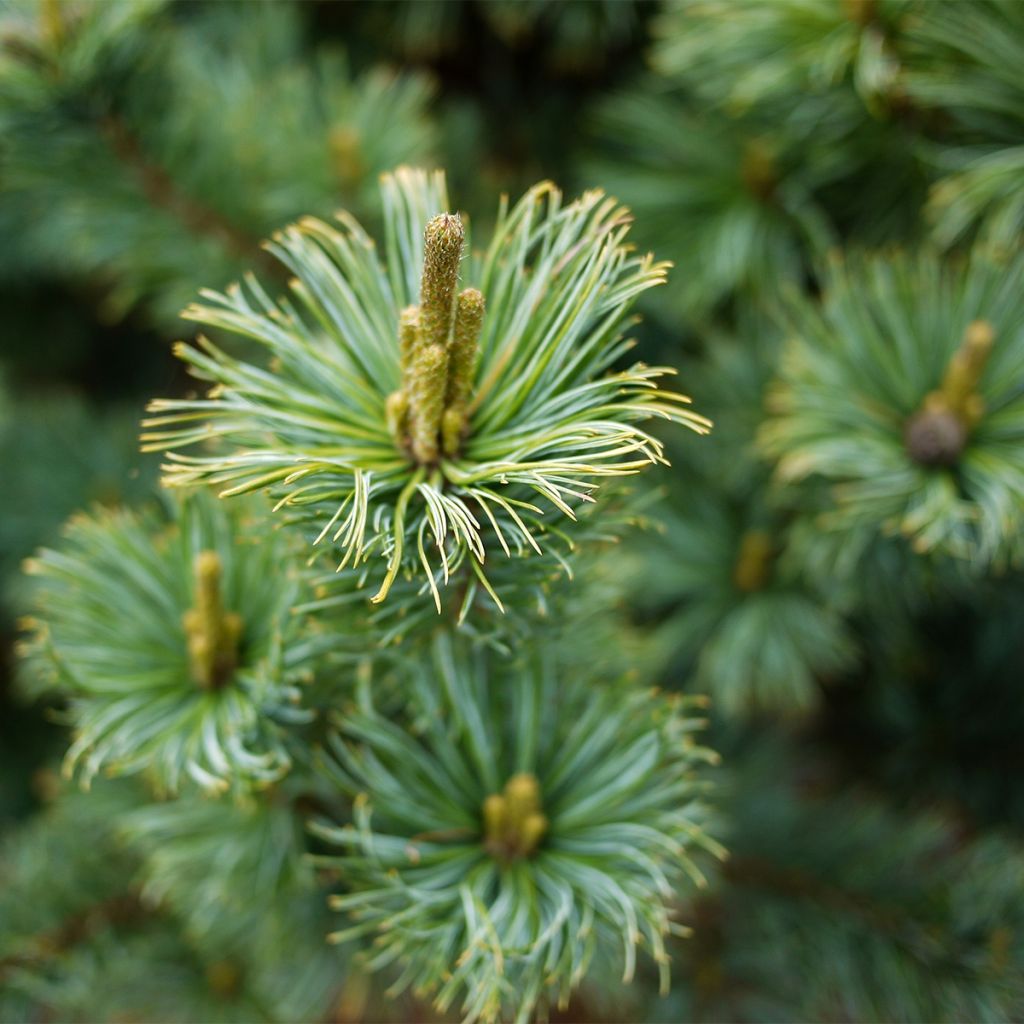

Pinus pumila Glauca
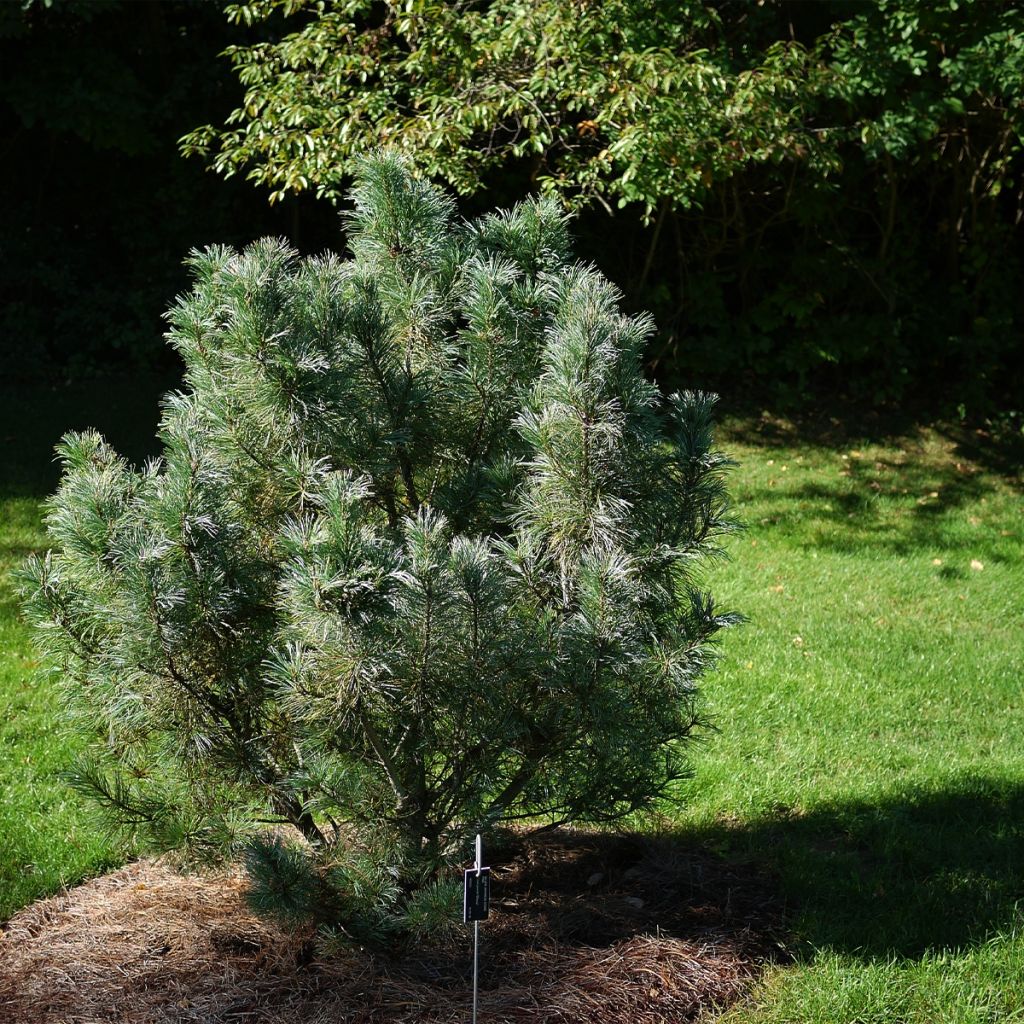

Pinus pumila Glauca
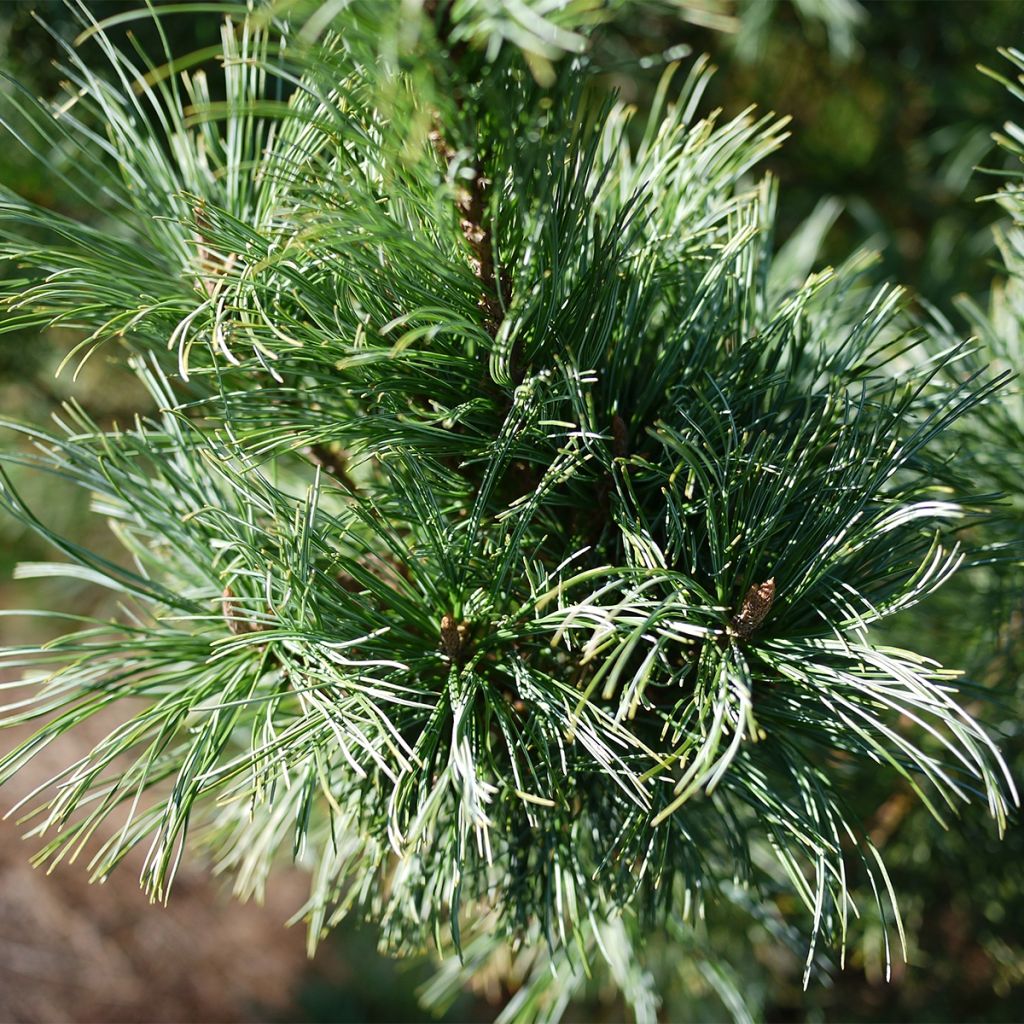

Pinus pumila Glauca
Pinus pumila Glauca
Pinus pumila Glauca
Dwarf Siberian Pine, Japanese Stone Pine
It is magnificent! More beautiful than in the photo! In perfect condition. Thank you.
Natalia, 03/02/2023
Special offer!
Receive a €20 voucher for any order over €90 (excluding delivery costs, credit notes, and plastic-free options)!
1- Add your favorite plants to your cart.
2- Once you have reached €90, confirm your order (you can even choose the delivery date!).
3- As soon as your order is shipped, you will receive an email containing your voucher code, valid for 3 months (90 days).
Your voucher is unique and can only be used once, for any order with a minimum value of €20, excluding delivery costs.
Can be combined with other current offers, non-divisible and non-refundable.
Why not try an alternative variety in stock?
View all →This plant carries a 24 months recovery warranty
More information
We guarantee the quality of our plants for a full growing cycle, and will replace at our expense any plant that fails to recover under normal climatic and planting conditions.
Would this plant suit my garden?
Set up your Plantfit profile →
Description
Pinus pumila 'Glauca' is a superb slow-growing miniature conifer with a clearly spreading habit. It is decorative all year round with its beautiful blue-green foliage, adorned in spring with small violet flowers that develop into purplish-brown cones. Extremely cold-resistant, this conifer is also very adaptable in terms of soil type, whether it be acidic, neutral, or limestone. It likes humidity, but not heavy soils that become waterlogged in winter. A well-drained, light soil and a sunny exposure will provide it with the best living conditions.
Pinus pumila is a member of the Pinaceae family, which includes several important genera of conifers, such as Firs, Cedars, Larches, and Spruces. This species of pine, widespread in the Japanese mountains, is native to northeastern Asia, where it is distributed from the polar circle to Lake Baikal. Adapted to difficult environments, this species is, as its natural habitat suggests, very cold-resistant.
The variety 'Glauca' is characterized, as its name indicates, by its glaucous foliage, meaning blue-green and highly decorative. It is a horticultural selection of unknown exact origin, but relatively old, as it was first mentioned in a Dutch catalogue dating back to 1943. This small conifer grows slowly, about 10 to 15cm (4 to 6in) per year, spreading over time. It eventually forms a bush about 1.50m (5ft) tall and 2.5 to 3m (8 to 10ft) wide. Its very characteristic habit is interesting, resembling a widely spread cushion with irregularly long branches rising almost vertically. Its evergreen leaves measure 4 to 7cm (2 to 3in) long. In spring, it produces small violet flowers that later develop into purple-violet cones upon emergence, then turn reddish-brown. These cones, about 4cm (2in) long and 2.5cm (1in) wide, are quite decorative and are well highlighted by the blue-green foliage.
Inherited from the species, this variety is highly cold-resistant, down to -30°C, which allows it to be cultivated even in the most mountainous.
This Pinus pumila 'Glauca' is a very good subject for small gardens, where its beautiful blue-green appearance will be decorative all year round. Excellent on slopes or in fresh rockeries, it will also be useful in flower beds where its blue-green mass of foliage will enhance clear flowering plants, perennials, or low-growing bushes. Combine it with Bergenias with their wide-spreading leaves and abundant white or pinkish blooms, which will create superb contrasts with the blue-green foliage of our pine. Also try Campanulas with delicate white or blue flowers, they will form beautiful carpets at the base of this dwarf pine. And to add some dimension to your flower bed, plant the lovely Chamaecyparis lawsoniana 'Alumigold' with its upright golden and then yellow-green habit as a backdrop, which will create a nice contrast in form and color with the Pinus pumila 'Glauca'.
Pinus pumila Glauca in pictures
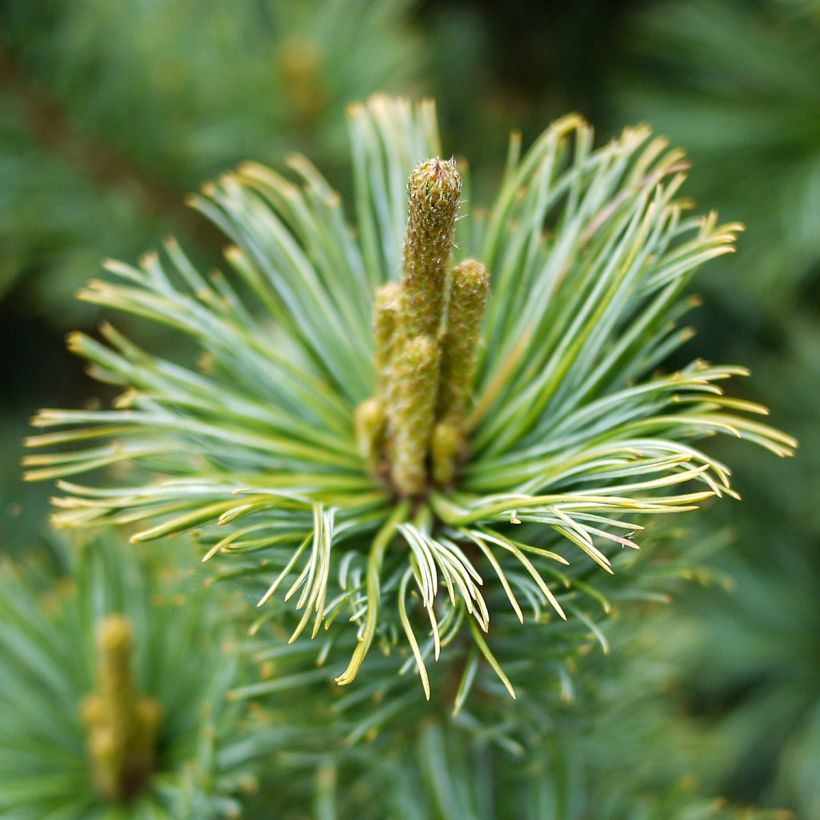

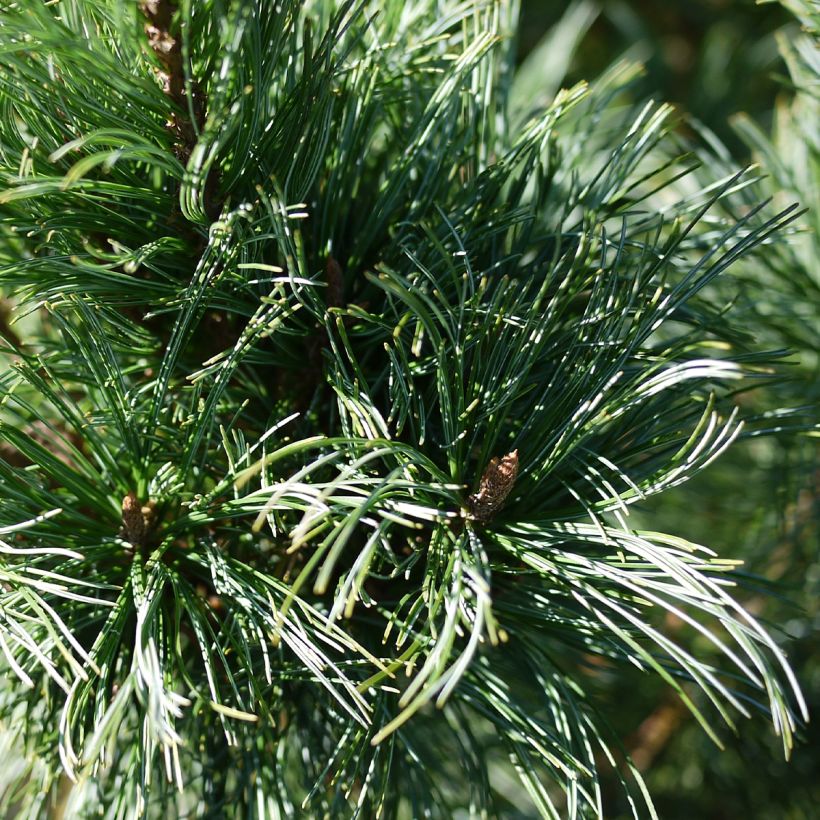

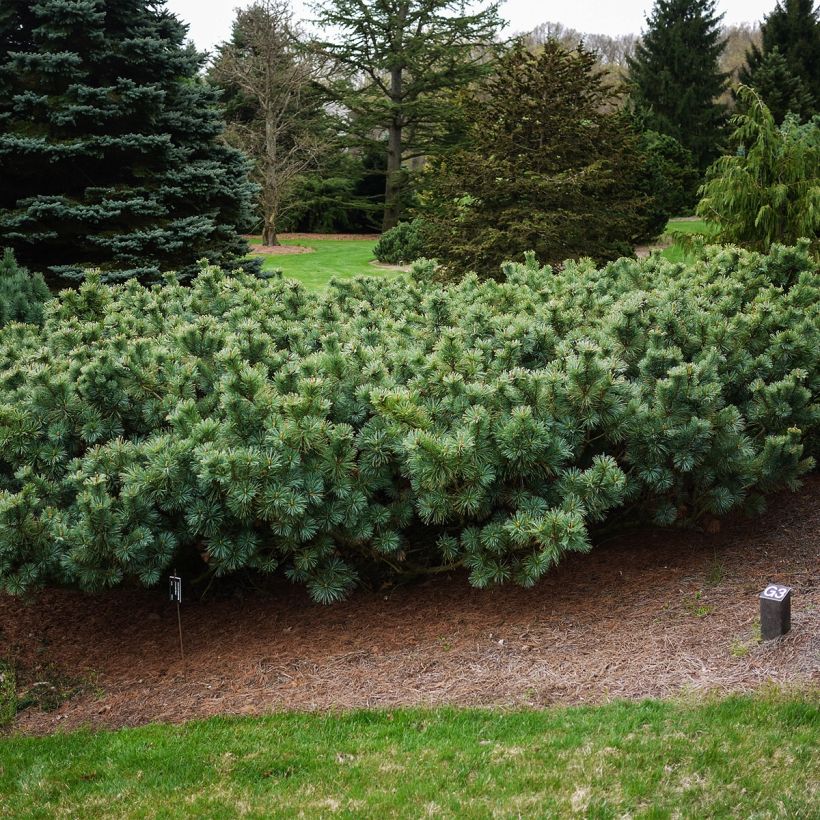

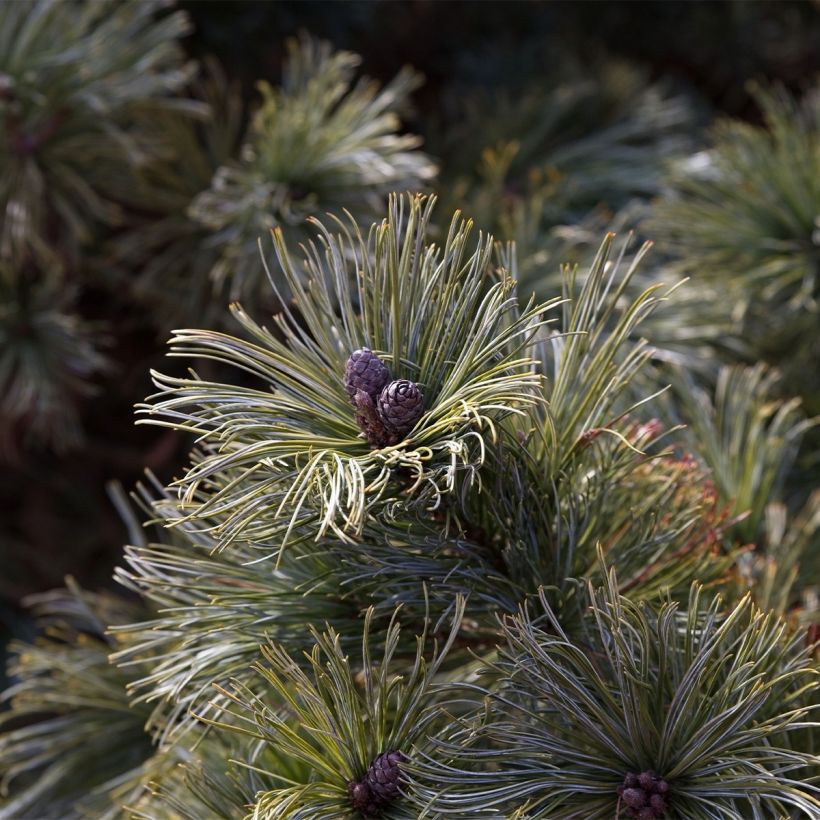

Plant habit
Flowering
Foliage
Botanical data
Pinus
pumila
Glauca
Pinaceae
Dwarf Siberian Pine, Japanese Stone Pine
Cultivar or hybrid
Other Pinus - Pine
View all →Planting and care
Pinus pumila 'Glauca' should be planted in a sunny position. It adapts to most soils, neutral, moderately acidic or moderately calcareous, rather fresh, but well-drained. This conifer does not like heavy soils that should be lightened by incorporating planting soil mixed with compost, and possibly with a draining material (coarse sand or fine gravel).
Soak the root ball in a bucket of water while you dig a hole 50cm (20in) in all directions. Mix the soil and compost with the existing soil, then position the root ball in the hole so that its surface is level with the ground. Fill in around it and water abundantly. Water regularly for the first two years, then you can space out the waterings while ensuring that the soil does not dry out in summer, as this conifer appreciates having moisture available.
Planting period
Intended location
Care
Planting & care advice
-
, onOrder confirmed
Reply from on Promesse de fleurs
Similar products
Haven't found what you were looking for?
Hardiness is the lowest winter temperature a plant can endure without suffering serious damage or even dying. However, hardiness is affected by location (a sheltered area, such as a patio), protection (winter cover) and soil type (hardiness is improved by well-drained soil).

Photo Sharing Terms & Conditions
In order to encourage gardeners to interact and share their experiences, Promesse de fleurs offers various media enabling content to be uploaded onto its Site - in particular via the ‘Photo sharing’ module.
The User agrees to refrain from:
- Posting any content that is illegal, prejudicial, insulting, racist, inciteful to hatred, revisionist, contrary to public decency, that infringes on privacy or on the privacy rights of third parties, in particular the publicity rights of persons and goods, intellectual property rights, or the right to privacy.
- Submitting content on behalf of a third party;
- Impersonate the identity of a third party and/or publish any personal information about a third party;
In general, the User undertakes to refrain from any unethical behaviour.
All Content (in particular text, comments, files, images, photos, videos, creative works, etc.), which may be subject to property or intellectual property rights, image or other private rights, shall remain the property of the User, subject to the limited rights granted by the terms of the licence granted by Promesse de fleurs as stated below. Users are at liberty to publish or not to publish such Content on the Site, notably via the ‘Photo Sharing’ facility, and accept that this Content shall be made public and freely accessible, notably on the Internet.
Users further acknowledge, undertake to have ,and guarantee that they hold all necessary rights and permissions to publish such material on the Site, in particular with regard to the legislation in force pertaining to any privacy, property, intellectual property, image, or contractual rights, or rights of any other nature. By publishing such Content on the Site, Users acknowledge accepting full liability as publishers of the Content within the meaning of the law, and grant Promesse de fleurs, free of charge, an inclusive, worldwide licence for the said Content for the entire duration of its publication, including all reproduction, representation, up/downloading, displaying, performing, transmission, and storage rights.
Users also grant permission for their name to be linked to the Content and accept that this link may not always be made available.
By engaging in posting material, Users consent to their Content becoming automatically accessible on the Internet, in particular on other sites and/or blogs and/or web pages of the Promesse de fleurs site, including in particular social pages and the Promesse de fleurs catalogue.
Users may secure the removal of entrusted content free of charge by issuing a simple request via our contact form.
The flowering period indicated on our website applies to countries and regions located in USDA zone 8 (France, the United Kingdom, Ireland, the Netherlands, etc.)
It will vary according to where you live:
- In zones 9 to 10 (Italy, Spain, Greece, etc.), flowering will occur about 2 to 4 weeks earlier.
- In zones 6 to 7 (Germany, Poland, Slovenia, and lower mountainous regions), flowering will be delayed by 2 to 3 weeks.
- In zone 5 (Central Europe, Scandinavia), blooming will be delayed by 3 to 5 weeks.
In temperate climates, pruning of spring-flowering shrubs (forsythia, spireas, etc.) should be done just after flowering.
Pruning of summer-flowering shrubs (Indian Lilac, Perovskia, etc.) can be done in winter or spring.
In cold regions as well as with frost-sensitive plants, avoid pruning too early when severe frosts may still occur.
The planting period indicated on our website applies to countries and regions located in USDA zone 8 (France, United Kingdom, Ireland, Netherlands).
It will vary according to where you live:
- In Mediterranean zones (Marseille, Madrid, Milan, etc.), autumn and winter are the best planting periods.
- In continental zones (Strasbourg, Munich, Vienna, etc.), delay planting by 2 to 3 weeks in spring and bring it forward by 2 to 4 weeks in autumn.
- In mountainous regions (the Alps, Pyrenees, Carpathians, etc.), it is best to plant in late spring (May-June) or late summer (August-September).
The harvesting period indicated on our website applies to countries and regions in USDA zone 8 (France, England, Ireland, the Netherlands).
In colder areas (Scandinavia, Poland, Austria...) fruit and vegetable harvests are likely to be delayed by 3-4 weeks.
In warmer areas (Italy, Spain, Greece, etc.), harvesting will probably take place earlier, depending on weather conditions.
The sowing periods indicated on our website apply to countries and regions within USDA Zone 8 (France, UK, Ireland, Netherlands).
In colder areas (Scandinavia, Poland, Austria...), delay any outdoor sowing by 3-4 weeks, or sow under glass.
In warmer climes (Italy, Spain, Greece, etc.), bring outdoor sowing forward by a few weeks.






























